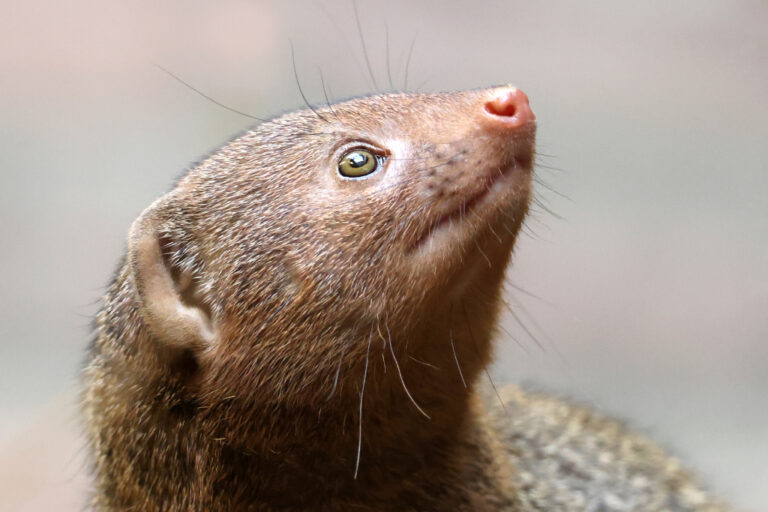Ever wondered why archaeologists are always digging in Africa when searching for our oldest ancestors? Why not in Europe, Asia, or South America? It seems odd at first—after all, humans live everywhere now. But the deeper you go into this mystery, the more fascinating it gets.
And it all starts with one humbling truth: Africa isn’t just the “cradle of civilization.” It’s the actual birthplace of humanity itself.
We all came from Africa—but how do we know for sure?
Back in the 1970s, paleontologist Donald Johanson made a jaw-dropping discovery in Ethiopia: a 3.2-million-year-old skeleton of a female hominin now famously known as “Lucy” (Australopithecus afarensis). At the time, this shifted everything scientists thought they understood about human origins.
A few decades later, another bombshell hit—fossils known as Omo I were discovered in the Ethiopian region near the Omo River. These weren’t just old; they were the oldest known remains of our species, Homo sapiens. Dating techniques estimate them to be at least 230,000 years old.
That number is a lot more significant than it might look. It means that humans were living in East Africa long before they showed up anywhere else on Earth.
But wait… What about fossils outside Africa?
Yes, early human remains have been found in places like Israel, China, and Europe. But here’s the catch—they’re much younger. For instance, the earliest Homo sapiens fossils in the Middle East, such as those found in Israel’s Skhul and Qafzeh Caves, are only about 90,000 to 120,000 years old—still fascinating, but nowhere near as ancient as those in Africa.
This timeline tells a clear story: humans evolved in Africa first, and only later migrated to other continents.
Genetics backs this up, too
If you’re more into DNA than digging in the dirt, the facts still point to the same conclusion.
Genetic studies reveal that human DNA is most diverse in African populations. Why does this matter? Because genetic diversity accumulates over time. The more diverse a group’s genes, the longer it’s likely been evolving there.
- The Human Genome Diversity Project found that certain African lineages diverged more than 100,000 years ago.
- Y-chromosome and mitochondrial DNA studies both suggest our common ancestors lived in Africa over 150,000 years ago.
In fact, in 2009, researchers mapping the genetic variation across 1,000 people from around the world concluded that African populations held the earliest and richest lineages—and that all non-African groups were mere branches from that ancestral tree.
Why Africa was the perfect “evolution incubator”
Okay, but why did evolution choose Africa instead of, say, Siberia?
It turns out Africa wasn’t just the place where early humans lived—it was the perfect lab for evolution.
- The shifting landscapes and climates of the East African Rift Valley forced early hominins to adapt rapidly, sparking evolutionary innovation.
- Open savannas, forests, and river systems provided a diversity of habitats for early humans to learn tool use, group hunting, and language.
- And the geology of the Rift Valley preserved their bones and tools better than most places on Earth.
So what does this mean for us today?
If you’re reading this, your ancestors—no matter your background—trace back to those early humans walking the plains of Africa. Their stone tools. Their migration routes. Their DNA. It’s all connected to you.
In a way, we’re all carrying little fragments of Lucy and Omo I within us. And knowing where those shovels dig deepest—and why—makes that connection even more powerful.
The big picture
So next time you see a headline about a fossil in Ethiopia or Kenya, remember: it’s not just about dusty bones.
It’s about our shared biology, our journey out of Africa, and the long, winding path that brought us from open savannas to cell phones.
And it all started beneath African soil.




Leave a Comment